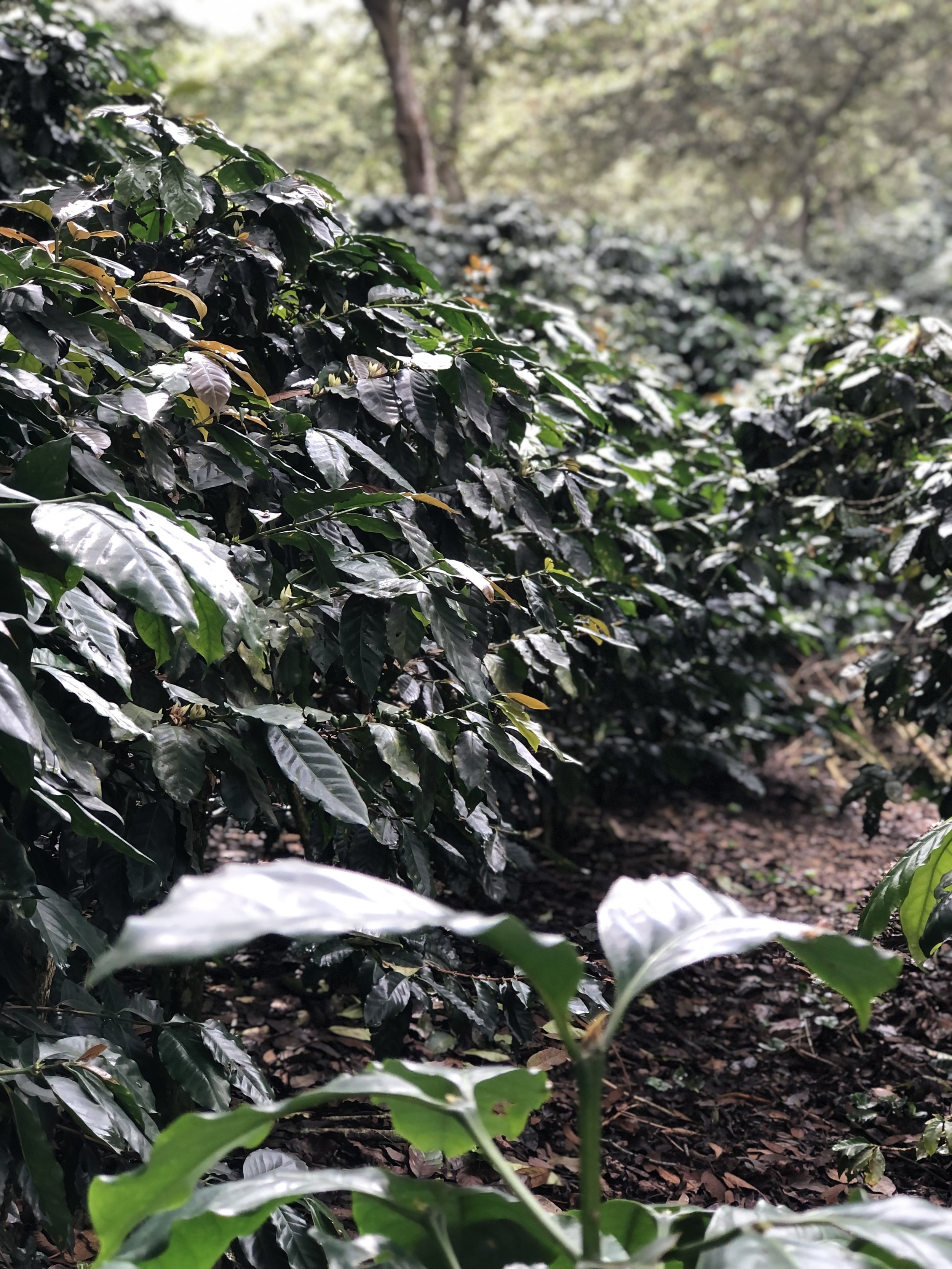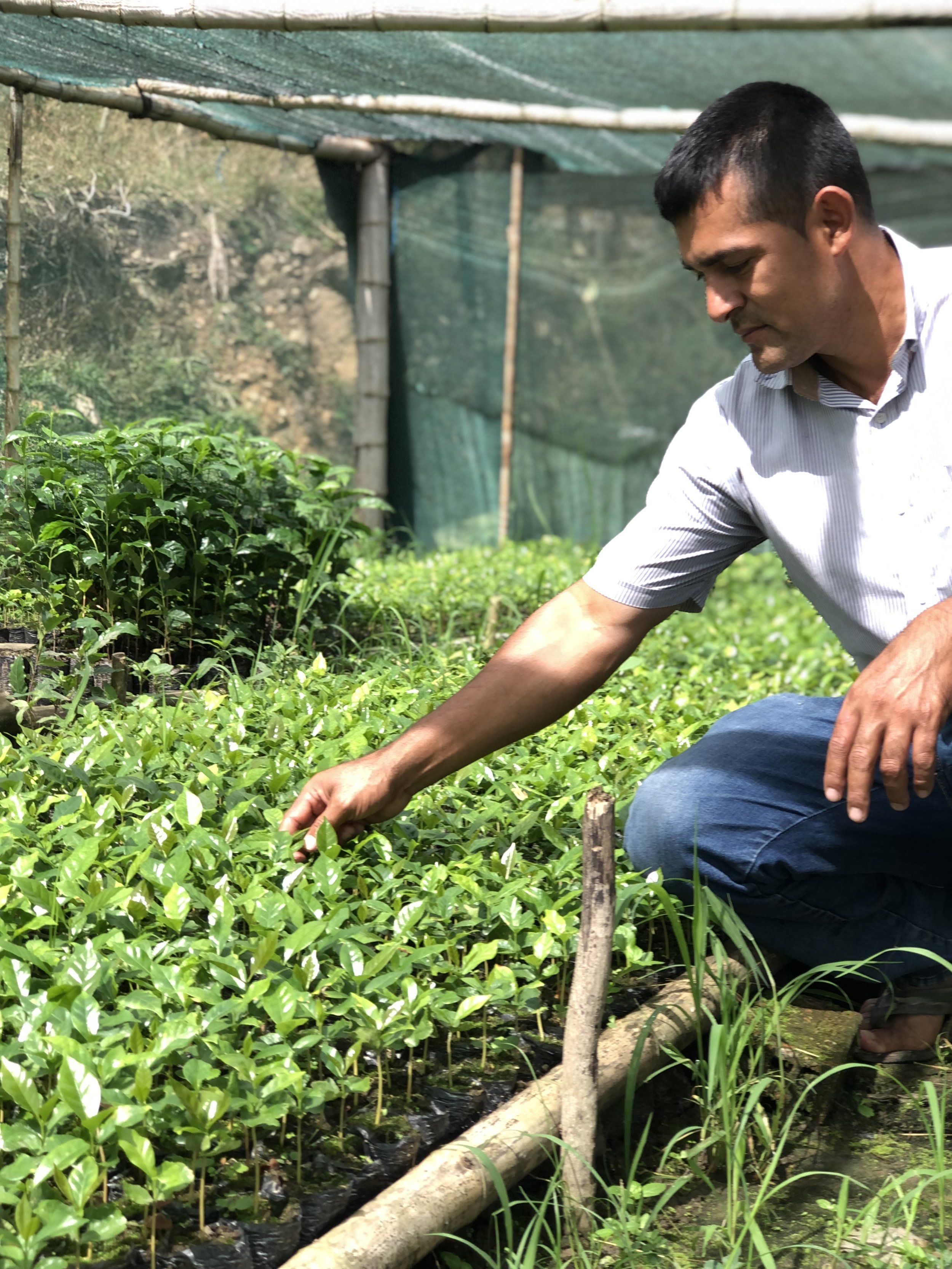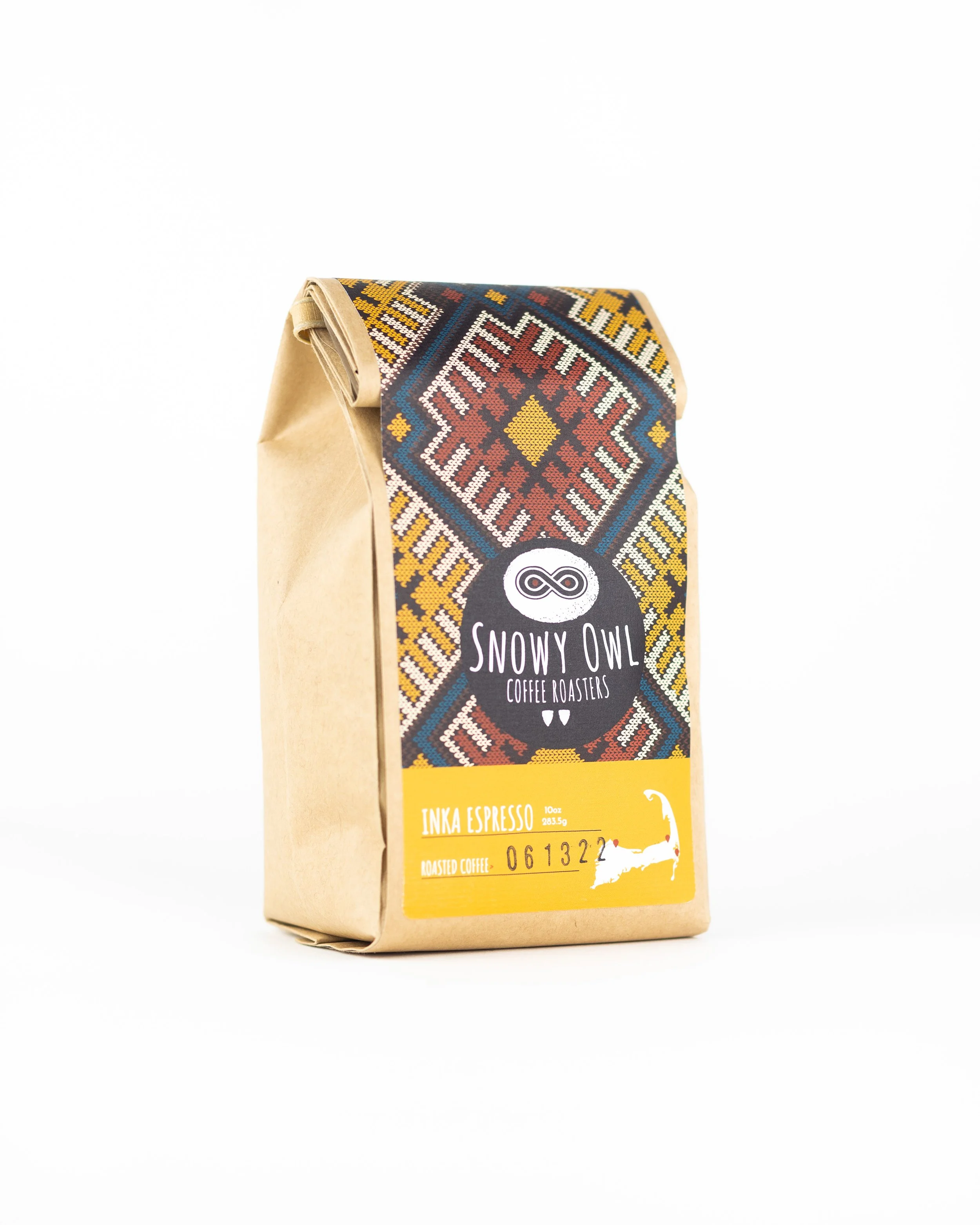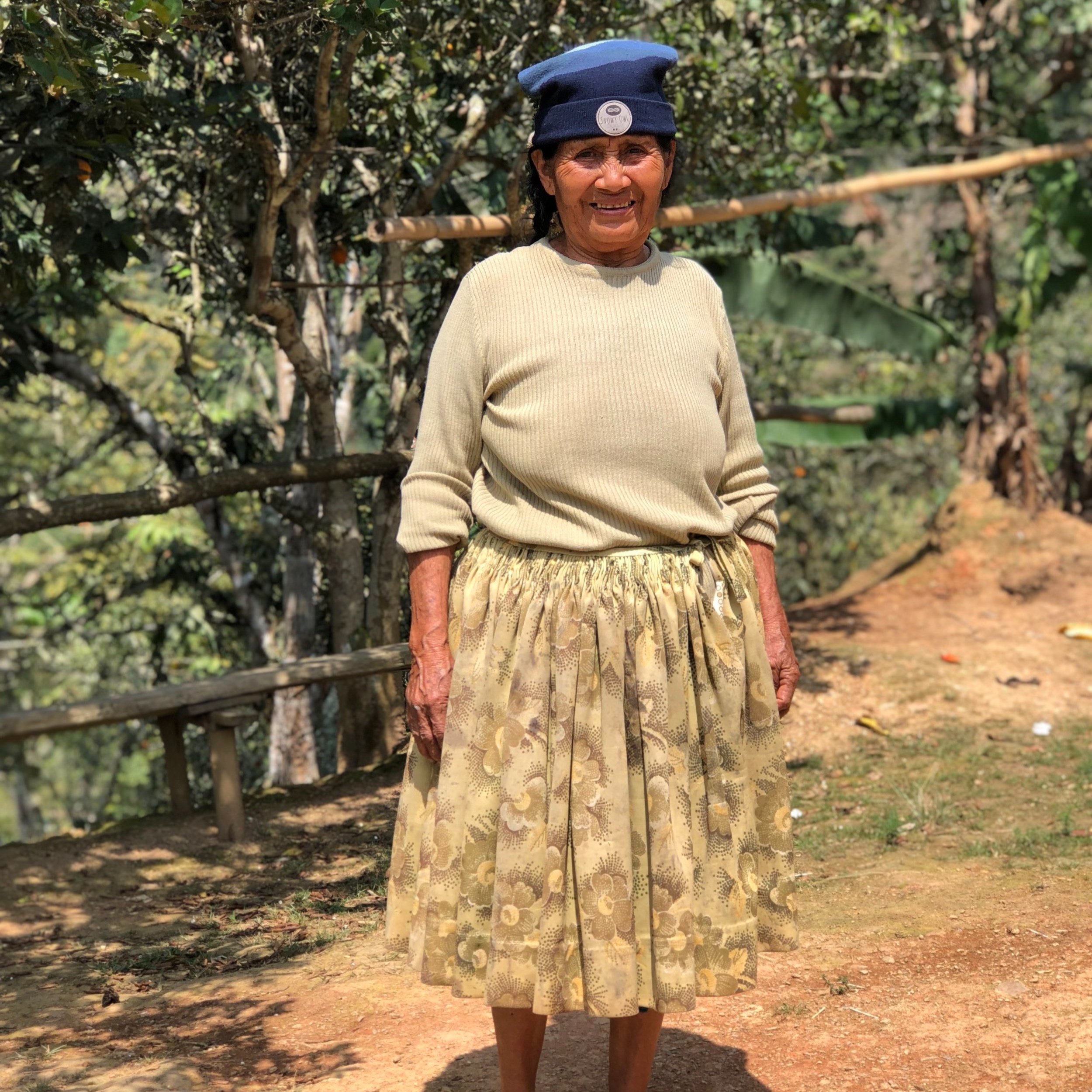Naming the Inka Espresso Blend
This blog was written in conjunction with the launch of our Inka Espresso, which you can view here.
We recently launched a single origin espresso for our summer lineup -the Inka Espresso Blend. This blend is directly sourced from Jaén and Puno and is our second release from our Peru partnership with Elmer Palacios.
Named in honor of the legendary Inka empire, Inka Espresso highlights two distinct Peruvian coffee regions home to the Andean mountain range. Hundreds of years later, Peruvians are still farming on winding terraces that were once home to the Inka, now home to coffee.
Before we dive into the brief history of a vast and rich civilization, let’s address the question on everyone's mind: Inka or Inca?
We chose to name our espresso blend in honor of the indigenous Quechua language. Although there is no right or wrong, the difference in syntax reflects spelling in two distinct languages. Simply put:
Spanish spelling: Inca
Quechua spelling: Inka
So who were the Inka?
The Inka ruled the largest empire in America, from 1400 A.D. until the Spanish conquest in 1530 A.D. The ancient civilization spanned across the high altitude terroir of the Andes mountains from southern Colombia to Argentina. The heart of it all: Peru.
Coffee Plants at Finca Las Naranjas in Jaén.
Traditional Andean weaving in Peru
Farming like the Inkas
The Inkas had lofty ambitions and left many legacies. One of their hallmarks was their complex farming systems. The Inkas built cisterns and irrigation canals that snaked and angled down and around mountains. Along with their predecessors, they crafted and perfected terrace farming systems in the Americas. These terraces not only leveled the planting area, but were extremely efficient at conserving water, proving to be incredibly sophisticated for their time.
The practice of terracing is critical to coffee farming systems still to this day. Farmers recognize that investing in land leveling can help save money on water, achieve higher crop yields, and is important to soil conservation. Currently archaeologists in Peru are looking to the past, rebuilding methods of pre-hispanic irrigation and farming in the face of climate change. There is much to be learned from these practices in the face of coffee production challenges.
Preserving tradition
The Inkas didn’t see themselves as separate from nature, which we see depicted in their cultural practices. Weaving was extremely important to their society, and continues to play an integral role in Peruvian culture. Quechan weavers are masterful in their mathematical patterns and brilliant colored images of plants and animals.
Inka weavers were some of the most accomplished in the Americas. Inka and present day Quechuans used textiles to bridge the natural world in a concrete manner. While the Inka had no written language, textiles were a way to tell stories and express ancestral beliefs and identity.
Coffee producer Hernando Bocanegra in his coffee nursery at Finca Las Naranjas in Jaén.
Coffee producer Doña Evangelina at her family farm in Puno.
In closer examination of our coffee bags, you will see these illustrations of animals and geometric shapes that tell a story. Our espresso blend marries this concept perfectly. In Andean textiles, white zig-zag lines symbolize a trail- often a reference to the Inka trail from Cusco to Machu Picchu. Further details of black stripes surrounding the trail are used to represent Inkan steps carved from stone.
Though it’s a challenge to relate the spirit and beauty of Peru in a meaningful manner- we let coffee be our medium. We hope our offerings can transpose these intricate stories and traditions. Coffee is such an integral example of how we can celebrate and share the worlds within the world.







